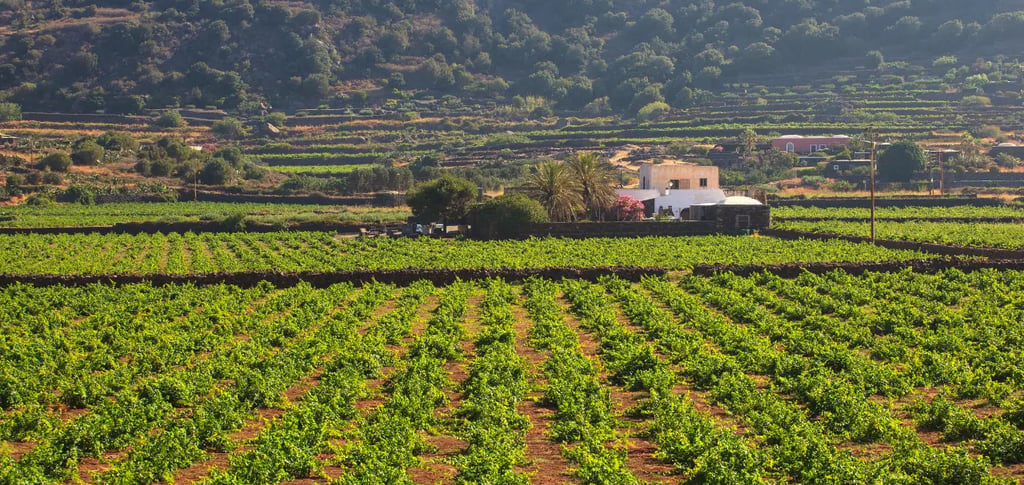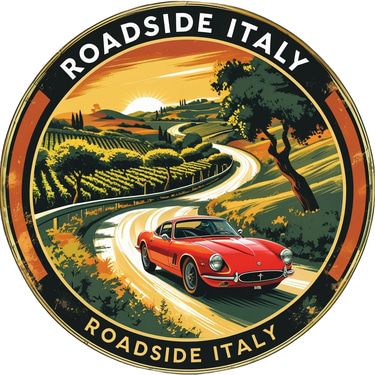Pantelleria’s Wind-Kissed Vines: How an Island Tames the Elements for Liquid Gold
On a wild, windswept rock in the Med, vines hunker low, soaking up sun and sea breeze to craft Pantelleria’s legendary sweet wine.
LOCAL STORIES&CULTURESICILIA


On the windy, rocky island of Pantelleria, the grapevines do not grow up tall. They bend low to the earth, cupped in volcanic soil hollows — a tradition going back centuries called vite ad alberello, created to thrive in one of Italy’s toughest but most stunning vine environments.
The Story:
The vite ad alberello method came to Pantelleria with the Phoenicians and reached perfection over the generations. Each vine is dug into a shallow depression, shaped by pruning into a low, spreading form that resists the island's violent breezes and retains valuable moisture. This laborious, hands-on work produces the renowned Zibibbo grapes, the heart of the sweet passito wines of Pantelleria. Each stage — planting, pruning, picking — is laboriously done by hand, frequently on the precipitous, terraced vineyards cut into the smooth, black volcanic stone.
Cultural Significance:
Certified by UNESCO in 2014, this vineyard is more than a farming method — it’s a declaration of the ingenuity and determination of the human spirit. The process demonstrates profound reverence for the environment of the island and is a point of pride for the people of the island, who for many are tending the vineyards as a tradition passed down to them rather than merely a profession.
Traces Today:
Take a summer stroll across the island of Pantelleria and you'll see farmers bending down to prune or harvest, their work in rhythm with the mountain island landscape. Wineries are open for visitors to participate in the tasting of Passito di Pantelleria and see the drying of mountain-grapes on mats to thicken their honeyed nature. August's grape harvest is labor and festival in one, with music and feasting and island hospitality.
Conclusion:
The vite ad alberello of Pantelleria is agriculture as art — a tradition forged by sun and wind and the sure hands of those who will not have nature's hurdles deter them from wringing sweetness from the soil.
